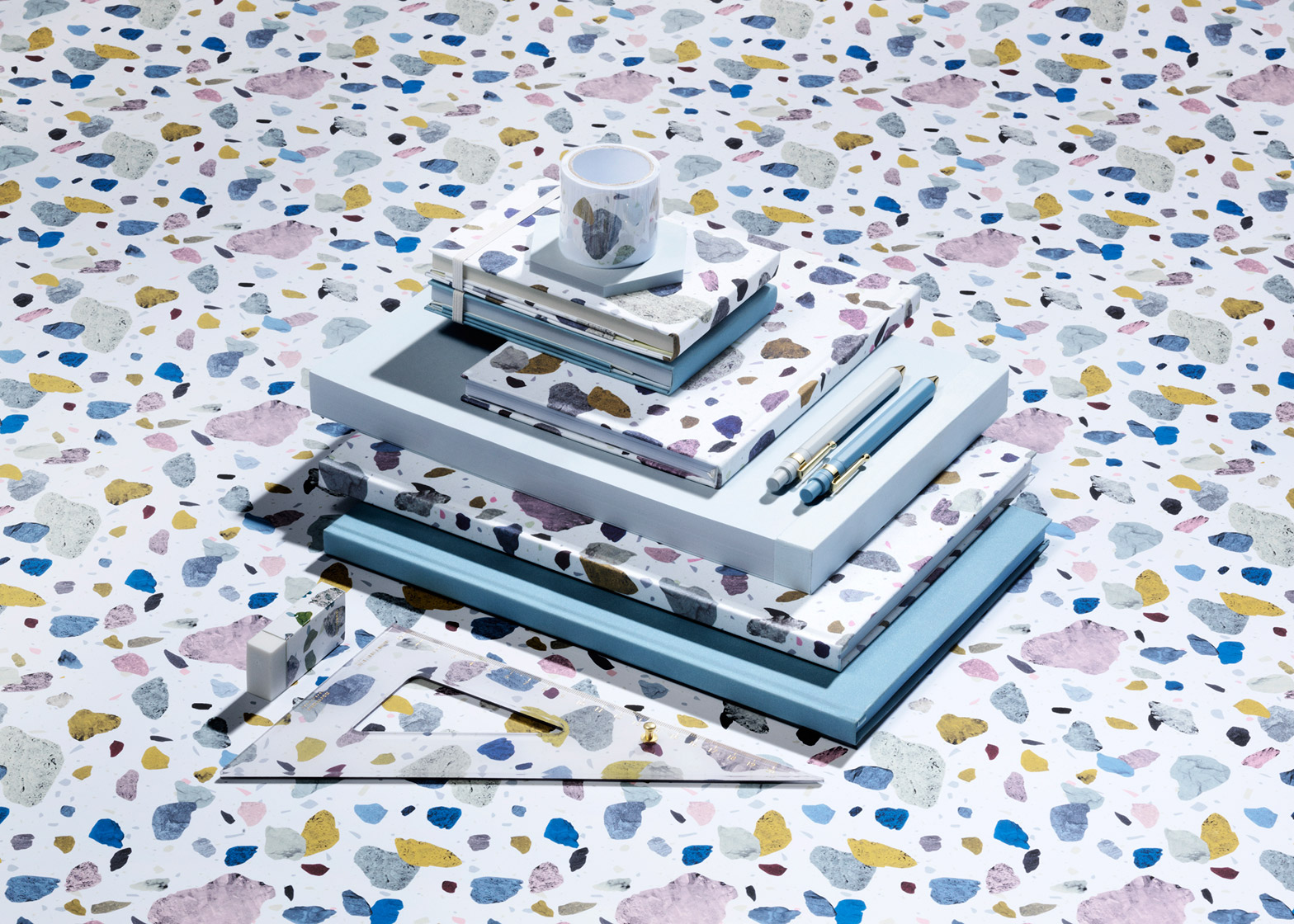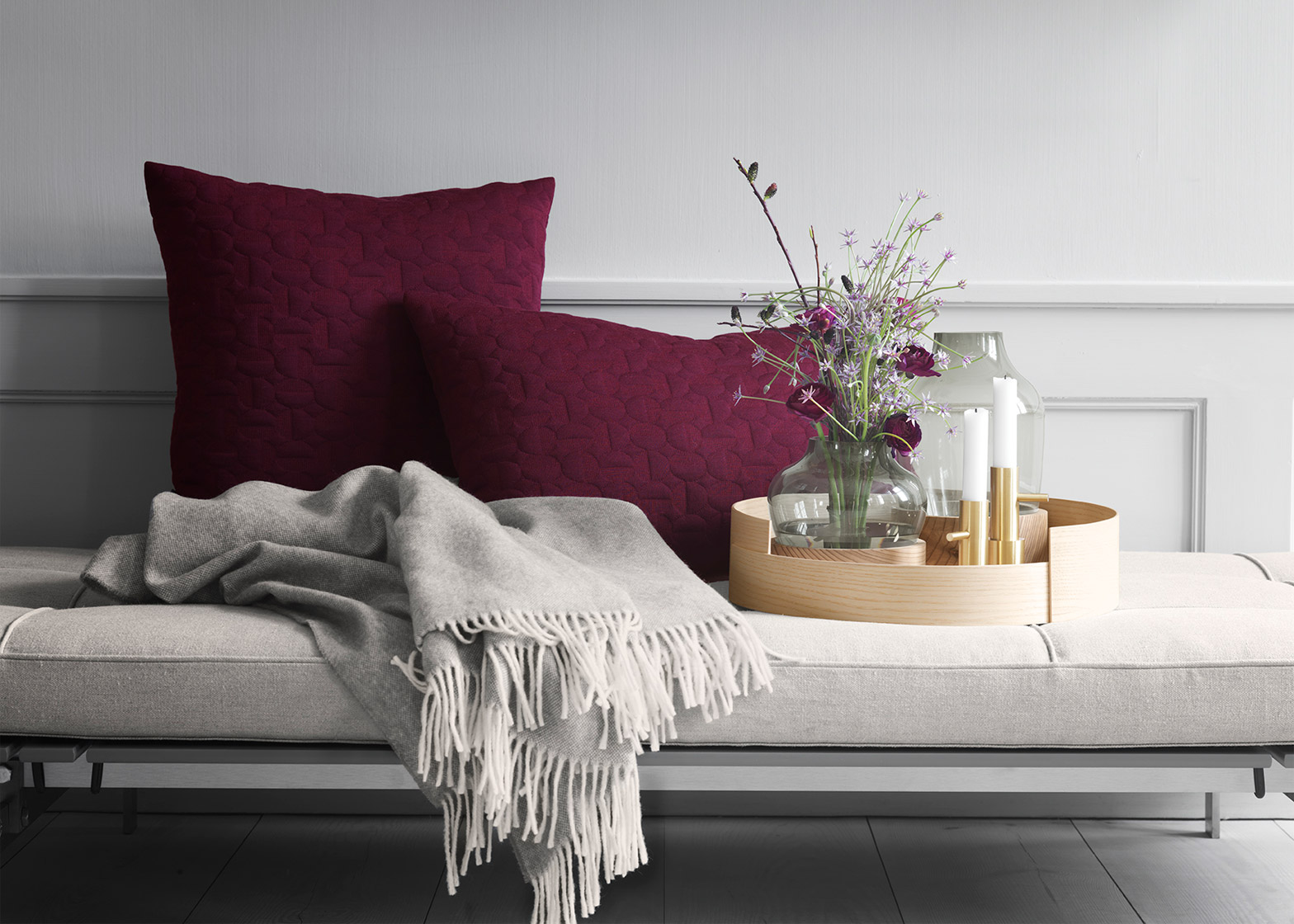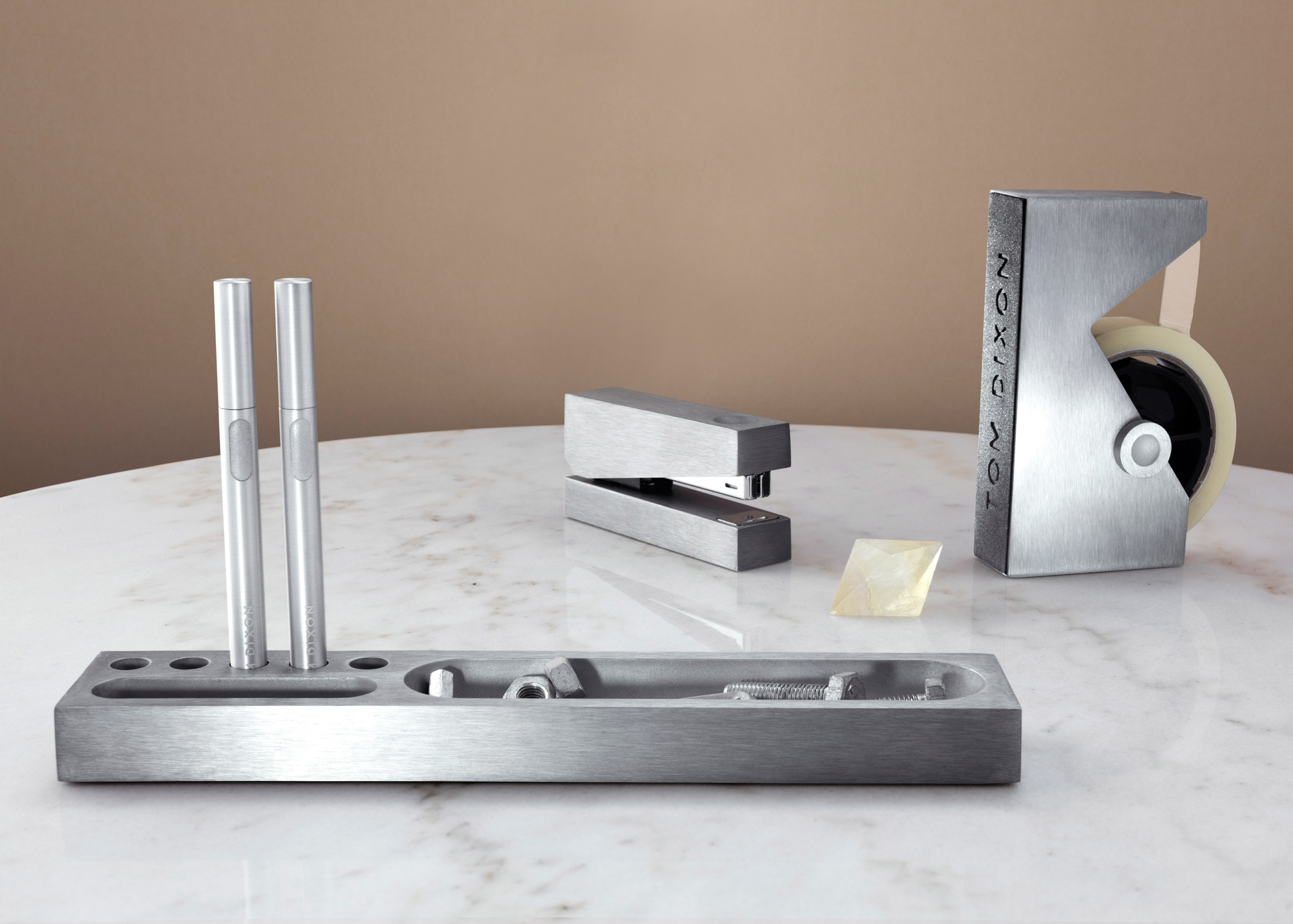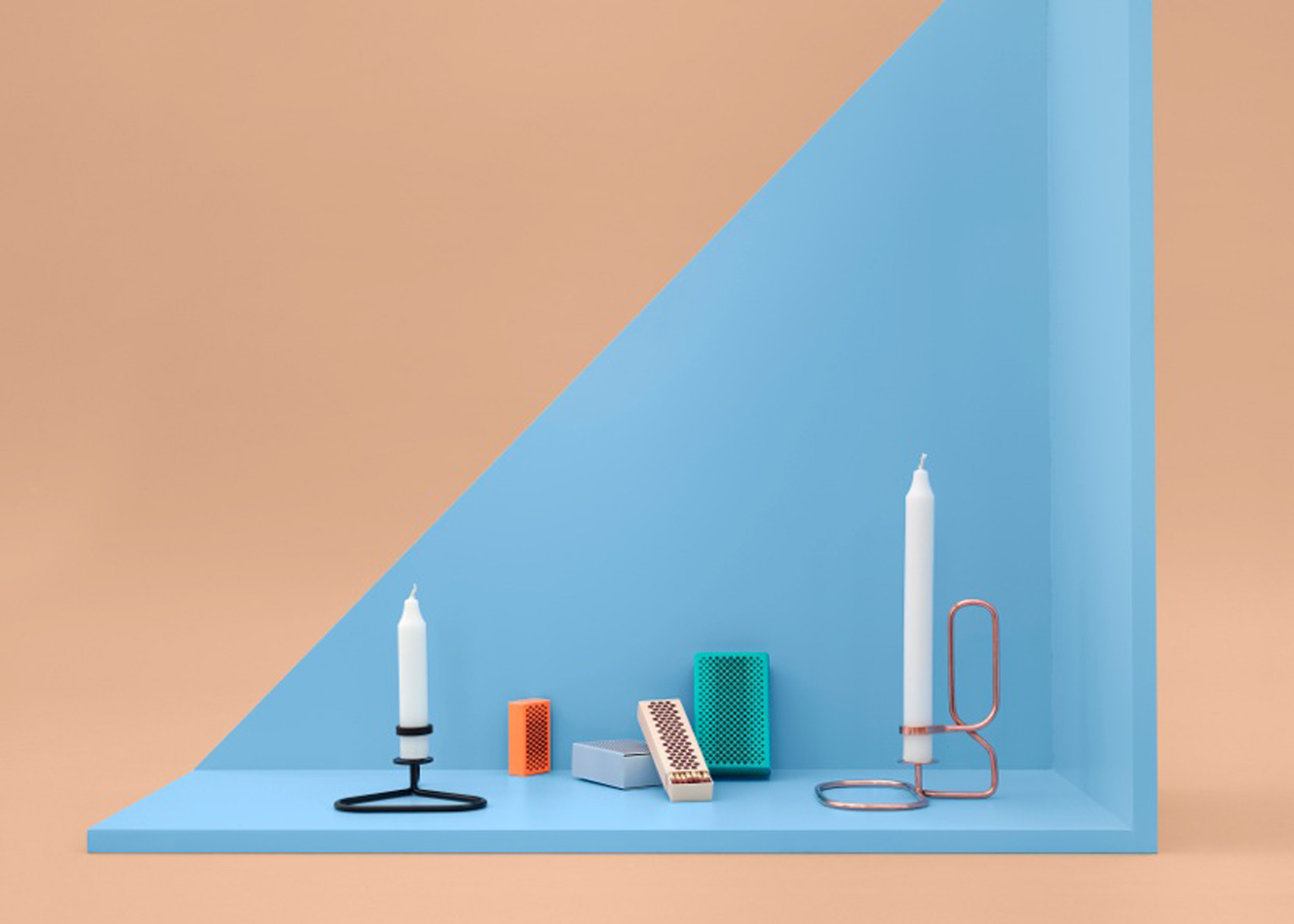Furniture brands are looking for new ways to infiltrate each area of the home and are creating products that cover all the bases. From beautiful stationery to hotel shampoos, we've rounded up five of the most successful examples.
The trend for furniture brands launching accessories was largely pioneered by Danish brand Hay, who began selling their smaller-sized pieces in 2008.
It reflects techniques used in the fashion industry, where major brands have long offered accessory lines as an entry point to their collections. For some, these have become lucrative enough to support their more experimental and expensive clothing lines.
Following Hay's success, the model has been adopted by numerous brands – mostly other Danish ones – as a way of extending their customer base.
But Danish brands haven't been the only ones to take note. We've rounded up the five brands that have done it best.
When launching its range of stationery and accessories this summer, Danish brand Normann Copenhagen looked to strategies used by the fashion industry to reach a wider audience.
"During 2008 and 2009, we really suffered – like a lot of other companies during the financial crisis," owner Poul Madsen told Dezeen.
"We realised we were vulnerable then," he added. "We realised to avoid this in future, and to expand our business, we wanted to make Normann Copenhagen a supplier to all basic needs in the home."
Normann Copenhagen's Daily Fiction collection encompasses more than 200 small objects including notebooks, gift wrapping, stickers, pencil sharpeners, scissors and a range of pens.
Read more about Normann Copenhagen's Daily Fiction collection ›
Danish brand Republic of Fritz Hansen launched its accessories range – which includes a brass candlestick by Spanish designer Jaime Hayón and cushion covers by Arne Jacobsen – earlier this year.
Director Christoffer Back told Dezeen, "We wanted more people to get access to the Fritz Hansen experience, because it requires more of you to get a Swan chair or an Egg chair, but with accessories it's just easier."
"A company like Fritz Hansen has to realise that we don't just live with furniture," he added. "People use design accessories to renew their home, and we need to be part of that."
The Objects collection is intended to reflect Fritz Hansen's catalogue of furniture through the use of high-quality materials and craftsmanship.
Read more about Fritz Hansen's Objects collection ›
While British designer Tom Dixon has launched a number of accessories ranges over the years, his Cube collection of metal stationery was a standout piece from last year's Maison & Objet.
Each boxy piece – including a tape dispenser, a stapler, a desk tidy and pens – is made from zinc allow plated with copper. When launching his office furniture line last week, Dixon made Cube available in an additional zinc alloy finish.
Read more about Tom Dixon's Cube collection ›
Hay's extensive back catalogue of accessories ranges from colourful, accordion-pleated document wallets to patterned matchboxes.
"Eight years ago when we started doing accessories there were very few furniture stores selling them," Mette Hay told Dezeen. "But there have been many changes in the industry and there is a new respect for the accessory."
Similar to Fritz Hansen, Hay works with different designers – including Inga Sempé and Doshi Levein – to produce its array of accessories.
Read more about Hay's Strike matchboxes ›
Dutch furniture and lighting brand Moooi opted for a slightly different approach for its range of smaller objects when it launched a range of hotel bath and shower products.
The new collection was about exposure – with the brand hoping that the new products will put Moooi in front of millions of potential new customers.
"We don't need the turnover," said Casper Vissers, the company's CEO at the time. "Our core furniture and lighting business is growing 20 per cent per year. But to have a broader audience connected to your name — to have better brand recognition — is a very good idea."
Read more about Moooi's hotel shampoos ›





